Former US President Bill Clinton once called the Indian sub-continent and the Line of Control (LoC) in Jammu and Kashmir "the most dangerous place in the world." It was the fierce rivalry between India and Pakistan – the two countries have clashed four times since they attained independence – which prompted Clinton's remark.
A series of recent incidents, including attacks on Indian military bases in Pathankot and Uri, India's "surgical strikes" on terror launchpads inside Pakistan Occupied Kashmir (PoK) and frequent ceasefire violations by the Pakistani Army along the LoC, has escalated tensions between the two nations. Experts believe that there could even be another exchange of blood blows if the adversarial relationship between New Delhi and Islamabad continues to deteriorate.
Also Read: Of 15,000 nuclear weapons in the world, India has 110; here's how it compares with Pakistan, China
In the event of another Indo-Pak war, a major clash between the two forces would be inevitable. Moreover, the presence of strategic nuclear weapons in both the countries makes a regional nuclear war, resulting in high casualty figures, a real possibility.
However, when it comes to conventional weapons, the Indian Army is considerably larger and better equipped than its Pakistani counterpart, which has fewer offensive forces capable of attacking India head-on.
According to military analytics website Global Firepower, India has the fourth most powerful military in the world, with an annual defence spending of $51 billion. Pakistan, which is currently ranked 13 in the world in terms of military strength, has a defence budget of only $7 billion per year.
Here's a comprehensive analysis of the military power of both India and Pakistan:
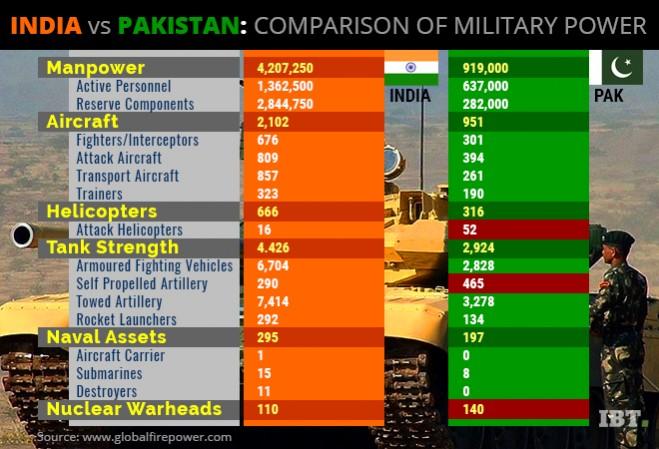
Manpower
India has 1.3 million active military personnel, or the "ready-to-fight" soldiers, compared to only 635,000 active frontline fighters for Pakistan. In addition, India also has nearly 490 million people who are fit to join the army. Pakistan, on the other hand, has 75.3 million people who are fit for military services.
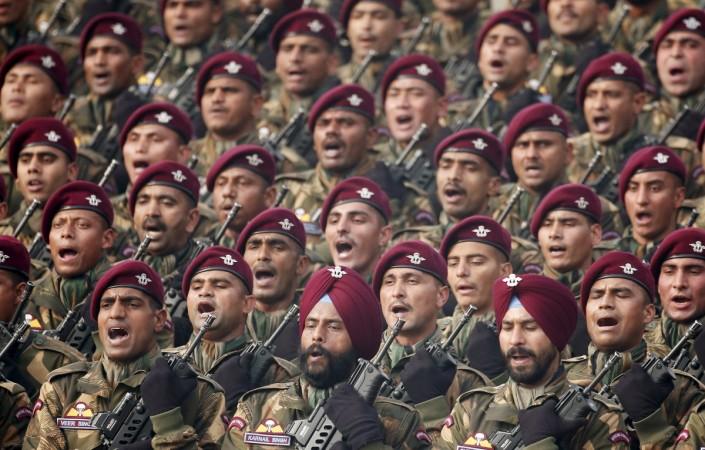
Meanwhile, 4.2 million military personnel are currently serving in the Indian military, compared to only 919,000 in the Pakistani military.
Aircraft Strength
The Indian military has 2,102 aircraft, including 676 fighter jets, 809 attack aircraft, 857 transport aircraft and 323 trainers. Pakistan, on the other hand, has only 951 military aircraft that include 301 fighter jets, 394 attack aircraft, 261 transport aircraft and 190 trainers.
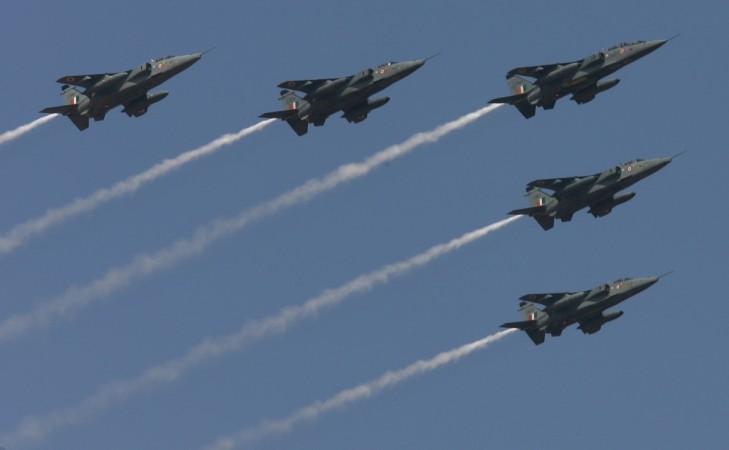
Pakistan outnumbers India with 52 attack helicopters, compared to 16 belonging to the Indian military. However, with total 666 battlefield helicopters, India has got the advantage over Pakistan, which has a total of 316 helicopters.
Tank Strength
Indian military is equipped with 4,426 tanks, including 2,400 older T-72 tanks, 1,600 T-90 tanks, and approximately 360 Arjun Mk.1 and Mk.2 tanks. Pakistan currently has 2,924 tanks, including the Khalid, the T-80UD and modernised versions of the 1970s-era Chinese Type 59 tank.
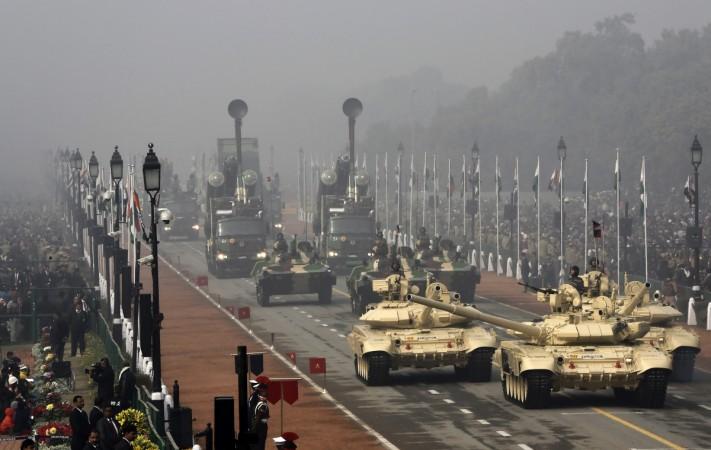
India also has 6,704 armoured fighting vehicles, almost 4,000 more than Pakistan's 2,828 vehicles. In terms of self-propelled artillery, Pakistan has the upper hand with 465 systems, compared to 290 used by the Indian military.
Naval Assets
Indian military is equipped with 295 naval assets, including 1 aircraft carrier, 15 submarines and 11 destroyers. Pakistan, which doesn't have any aircraft carrier and destroyer, possesses only 8 submarines.
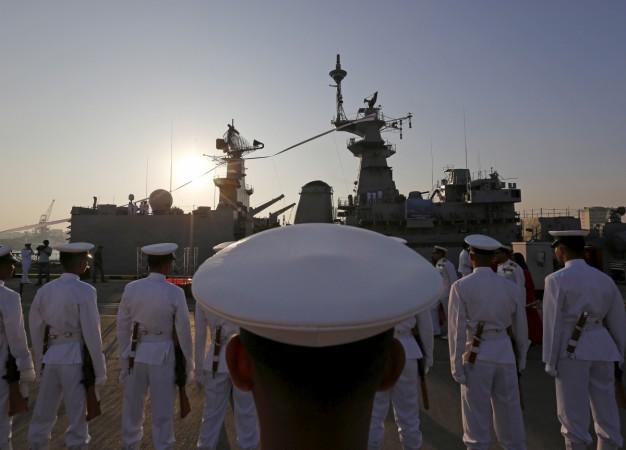
Indian military also has 23 corvette warships, whereas Pakistani military is yet to have one.
Nuclear Warheads
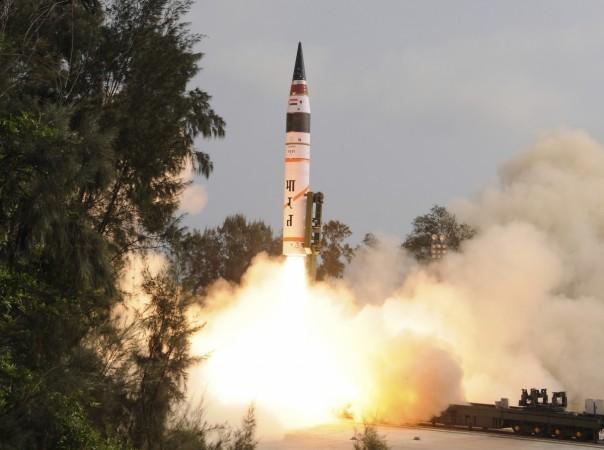
The inequality in forces means Pakistan is not capable of launching a war-winning offensive against India. Therefore, the Pakistani military increasingly relies on tactical nuclear weapons to aid its forces as it has a slight advantage with nearly 140 nukes against India's 110.
"India and Pakistan have undergone significant militarization in the past three decades, with growth in all indicators and the simultaneous acquisition of nuclear weapons in 1998 amid constantly high tensions between the two states," according to the 2017 Global Peace Index report by the Institute for Economics and Peace (IEP).








